The lyrics start like no song we’d ever heard back in the 1960s (or, well, since):
Where the Walker runs down to the Carson Valley plain…
The words also speak of pretty lights at nights “in Yerington town” and about a young woman whose beauty was toasted by strangers “where the Truckee runs through … (and) in Virginia City too…”
Magical were all those names of Nevada rivers and tiny towns on the range. They were especially evocative to a bunch of teen-aged Easterners who had grown up watching cowboys on television and in the movies, but who had been not farther west than, say, Louisville.
When eager young folkies first heard the song — on Ian & Sylvia’s classic 1965 Early Morning Rain album — Californians Steve Gillette and Tom Campbell’s “Darcy Farrow” also came with a to-die-for back story.
The Legend
The original story came from the album’s liner notes, written by Lee Hays of The Weavers. Citing Sylvia Fricker as his source, Hays wrote that one of the songwriters “had considerable experience as a student of an eminent folklorist where much effort was given to writing songs that would fool the teachers and pass as authentic.
“Ian feels that this is no less authentic,” Hays added, “for it was written in the tradition of old-time cowboy tunes — just sentimental enough — and mighty convincing in its mention of names and places.”
Hays’ spare little origin story spread from coffeehouse to coffeehouse across the country, regularly embellished with each re-telling until it became something of “an urban legend,” folk musician Jim Moran recently noted on his website “Comparative Video 101.”
By the time Moran heard it, the story had grown to relate how Gillette and Campbell had been two enterprising young men who had been given “what they regarded as an impossible assignment in a class in the UCLA department of folklore, one of the most distinguished of such university departments in the world.
“The assignment was to do some field work in folk music,” Moran writes, “to go off into a rural section of the Mountain West and find either a traditional song that had been as of then undiscovered, or a significant variant of a song already known.”
However, the story went, after covering hundreds of miles over spring break, visiting dozens of small towns in the rural Nevada/California border country in the shadows of the Eastern Sierra and along the Walker River, the two found nothing.
“In desperate fear of failure on the assignment and perhaps in the class,” Moran says, “the two decided to write an original song in a traditional ballad mode about a pair of ill-fated young lovers in the Old West and submit it as a ‘discovery.’ The song sounded so convincingly authentic that the professor of the class awarded them an A for the project.”
Great story, but — now, isn’t there just always a “but”? — the real roots of “Darcy Farrow” are at least as interesting as the myth, and we’ve got Steve Gillette himself to tell the real tale.
Darcy Farrow’s Real Story
As he tells it on his own website, Gillette met Tom Campbell in the early 1960s. “My mom liked Tom a lot and encouraged him to be a part of our family, which he did. My sisters, Darcy and Karen, and my brother Jeff all adored Tom.”
A pair of incidents in the Gillette household made a big impression on Campbell. “One night,” Steve writes, “Karen was driving home from a friend's wedding. She had a cold and had taken some cold medication, which combined with a little champagne at the wedding caused her to fall asleep at the wheel. She was lucky to escape with only a broken arm and some bruises.
“That same weekend, Darcy, just 12 years old, was kicked by her horse and suffered a concussion and a broken cheekbone.
“Tom was very moved by the twin tragedies, and came up with the whole saga of our song, ‘Darcy Farrow’ set to a tune that I had adapted from a piece by Pete Seeger called ‘Living' In the Country.’”
Gillette said he was initially reluctant to accept Campbell’s lyrics, “because the story was so dark and my sister's name was used. My mom was the one who encouraged me to give it a chance. Both the lyrics and the music underwent substantial change as we worked on the song together. We drew on the traditional cowboy songs, many of which come down to us from the British Isles.”
Meanwhile, sister Darcy “has been pretty good about the whole thing,” Gillette writes, “maybe a little embarrassed to be injured by a horse. (She admitted years later that she was trying to encourage the horse to buck.) But she has carried it well, and I think she even enjoys being a part of the story.”
And About That UCLA Connection?
Gillette also acknowledges that he and Tom were the ones who provided the seed for the urban legend about the song’s origin.
“When we had finished the song in the summer of 1964,” Steve says, “we had a chance to sing it for Ian & Sylvia. … Tom had taken a folklore class with D.K. Wilgus at UCLA and mentioned to Ian that he used to turn in songs he had written or added to and claimed he had collected them from his grandfather.”
Ian Tyson got a big kick out of that idea, Gillette said, “and incorporated it into his introduction to the song. In their travels, Ian and Sylvia spread that story to lots of people around the country. Of course, they introduced the song to all those people at the same time. But we still have people ask if we wrote it for a college class.”
Meanwhile, Back in West Virginia…
In the Floodisphere, tunes like “Darcy Farrow” bring back lots of sweet memories. In the world of the Bowen Bash music parties in the 1970s where The Flood was born, the foremost performers of just about any Ian & Sylvia tune you could think of were the members in the wonderful Samples Brothers Band.
Want a sample from The Samples? Click the Play button on the video above for the brothers’ version of “Darcy Farrow,” recorded at a bash in the spring of 1979. That’s Mack singing the rock-solid lead, Roger on the close harmony and Ted playing those sweet solos (with, as a bonus, a little soft background fiddling by The Flood’s Joe Dobbs).
Our Take on the Tune
This old tune hadn’t been played in The Flood band room in more than a decade, but when “Darcy Farrow” dropped in at last week’s rehearsal, it fit the moment as comfortably as a good old shoe.
More Song Stories?
If you enjoy our historical research on the songs The Flood plays, you can browse an archive of earlier articles in the Song Stories section.






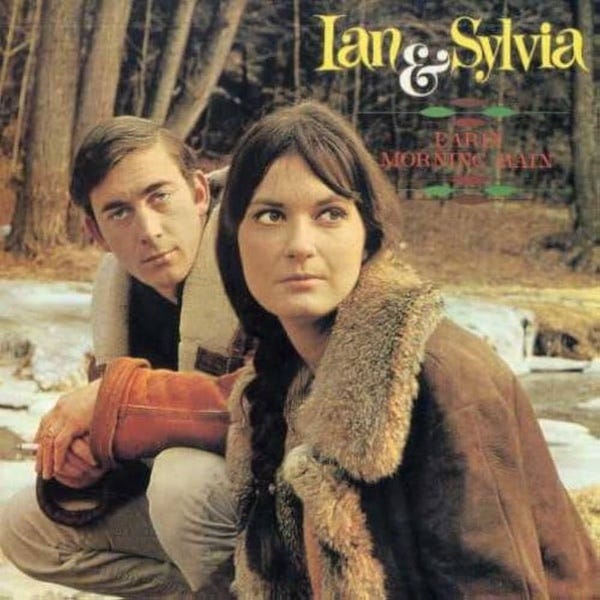



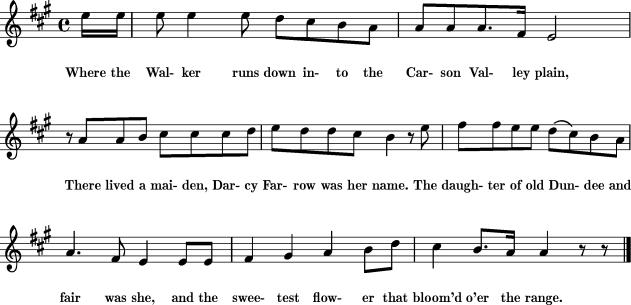

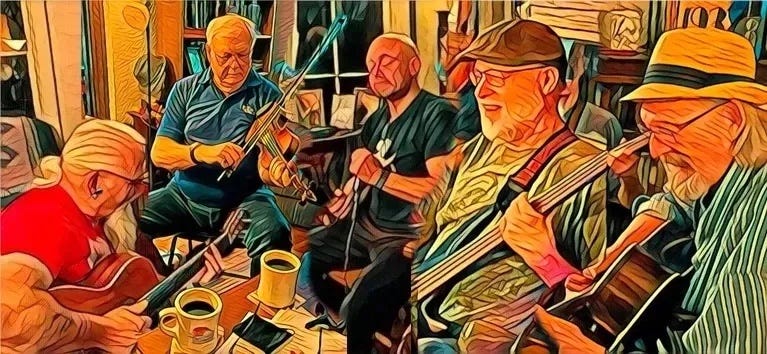



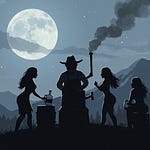
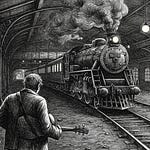
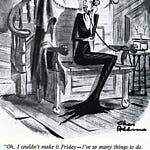




Share this post